IAC News
IAC News No.83 September 2019
Japan Society of Civil Engineers International Activities Center September 11, 2019 IAC News No.83
A Study Tour “Doboku Omotenasi” in Nagaoka
International Activities Center, JSCE started activities aiming at creating a platform for exchange of young engineers and researchers in Japan and overseas this year. The Study Tour “Doboku Omotenasi” in Nagaoka was held in cooperation of Taiwan Group and Information Networking Group.
20 people participated in the tour held on April 19, 2019 in Nagaoka City, Niigata Prefecture. The participants consisted of engineers and researchers from Taiwan, foreign students in Japan, Japanese students of Nagaoka University of Technology, and JSCE secretariat. The tour focused on the major river Shinano River Improvement Projects
Dr. Hayakawa Director of Shinano River Ohkouzu Museum delivered a welcome speech, and then Professor Lu gave a lecture about the Shinanogawa Ohkouzu Diversion Channel, a historic flood control project that Japan is proud of. Thereafter, a site tour was led by Mr. Isao Higuchi of Ecoloby Science Corp., Ltd. After lunch, the participants played the card game “Pokedobo” English version, which focuses on disaster prevention and mitigation, produced by the Young Power-Up Subcommittee of JSCE, and they gradually built communication and rapport by playng that game. Then, the Shinanogawa River Office of the Ministry of Land, Infrastructure, Transport and Tourism and the construction company, which operated the shinanogawa River improvemnet and bridge replamcement project carried out at the downstream of Shinanogawa River, introduced the latest techniques, pneumatic-caisson construction management and VR. The participants made exchange and disucssions with those who accompanied on the tour and explained the projects; they gained some experience, knowledge and network wih each other on the tour.
Encouraged by the success of this tour, the International Activities Center will organize the opportunites for civil engineers and researchers to develop exchange and build a platfrom across borders.
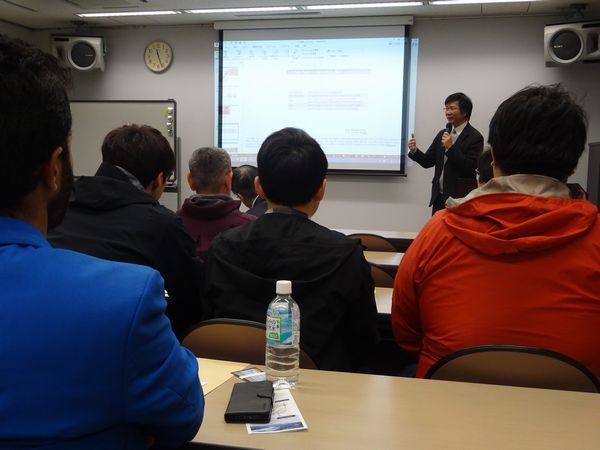
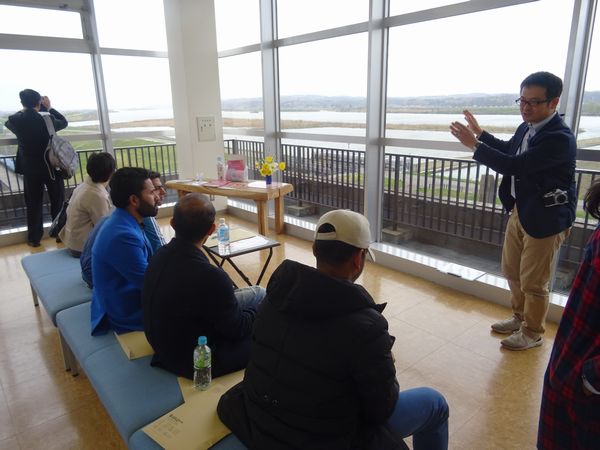
Prof. Lu (above) and Mr. Higuchi (below) Explains the Project of Shinanogawa River Improvement Project
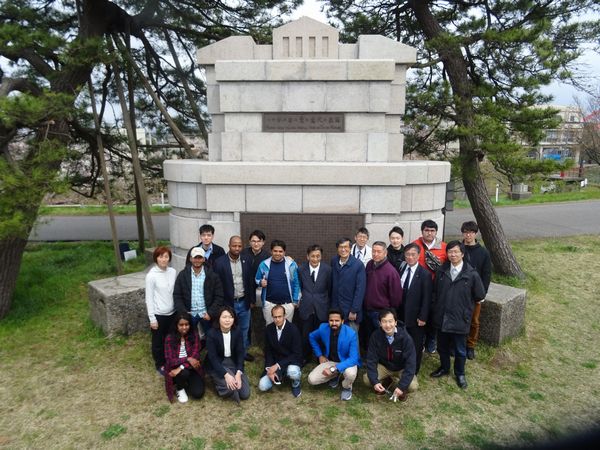
The Participants in Front of the Plaque to Mark the Completion of Shinanogawa River Improvement Project
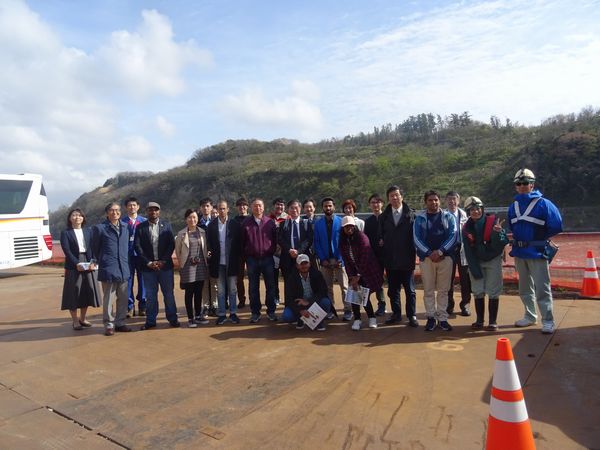
The Participants with Engineers on the Shinanogawa River
【Report by Yuka Ito, IAC Inforamtation Networking Group Leader】
Introduction of Activities of Construction Technology Study Committee
1. Introduction
The Construction Technology Study Committee (Chairperson: Katsuro Sugihara, Chairperson of Operation Subcommittee: Mitsuo Higashino, Director: Jun Nobuto (Photo 1)) is composed of 28 construction companies. Since its establishment in 1984, the Committee has been engaged in a wide range of activities such as investigation and research of construction technologies and exchange of engineers in Japan and overseas.
2. Major Activities of Subcommittees
1) Event Planning Subcommittee
The Civil Engineering Construction Technology Conference is held annually. In FY 2018, Executive Officer Yotsuya from Komatsu gave a special lecture on IT construction, and there were presentations of 40 research papers related to digitizing construction, etc. The subcommittee awarded eight speakers with the Best Speaker Prize and Excellent Speaker Prizes (Photo 2).
2) Construction Technology Systematization Subcommittee
This subcommittee is systematizing construction technologies. In FY 2018, it investigated the following two items related to pile foundations; the results are posted on the official website (http://committees.jsce.or.jp/sekou05/).
- Examples of troubles in pile foundation construction
- Systematization of technologies for investigating piles and construction management technologies
3) Construction Technology Questions and Answers Subcommittee
This subcommittee is responsible for editing and publishing “Consultation on Civil Engineering Works,” etc. The revised version of “Civil Engineering and Drilling” was published in FY 2018 (Photo 3). Please make use of the book, since it is also a useful educational material for young engineers.
4) International Technological Exchange Subcommittee
This subcommittee arranges site tours for lecturers of international training workshops hosted by JICA and foreign students studying in Japan to promote international exchanges with foreign engineers (Photo 4).
5) Soil and Groundwater Pollution Measures Study Subcommittee
This subcommittee conducts investigations and research on soil and groundwater contamination. The report is posted on the official website. (http://committees.jsce.or.jp/sekou09/node/11) In FY 2018, the following two items were investigated and a workshop titled “Measures against Soil and Groundwater Contamination” was held (Photo 5).
-Investigation on construction methods in contaminated areas
-Comparative investigation of ordinances on surplus soil formulated by government ordinance-designated cities and prefectures
6) Productivity Improvement Subcommittee
This subcommittee was newly established in the last fiscal year to carry out investigations and researches on improving productivity at construction sites. A research discussion session is planned in the national convention in FY 2019.
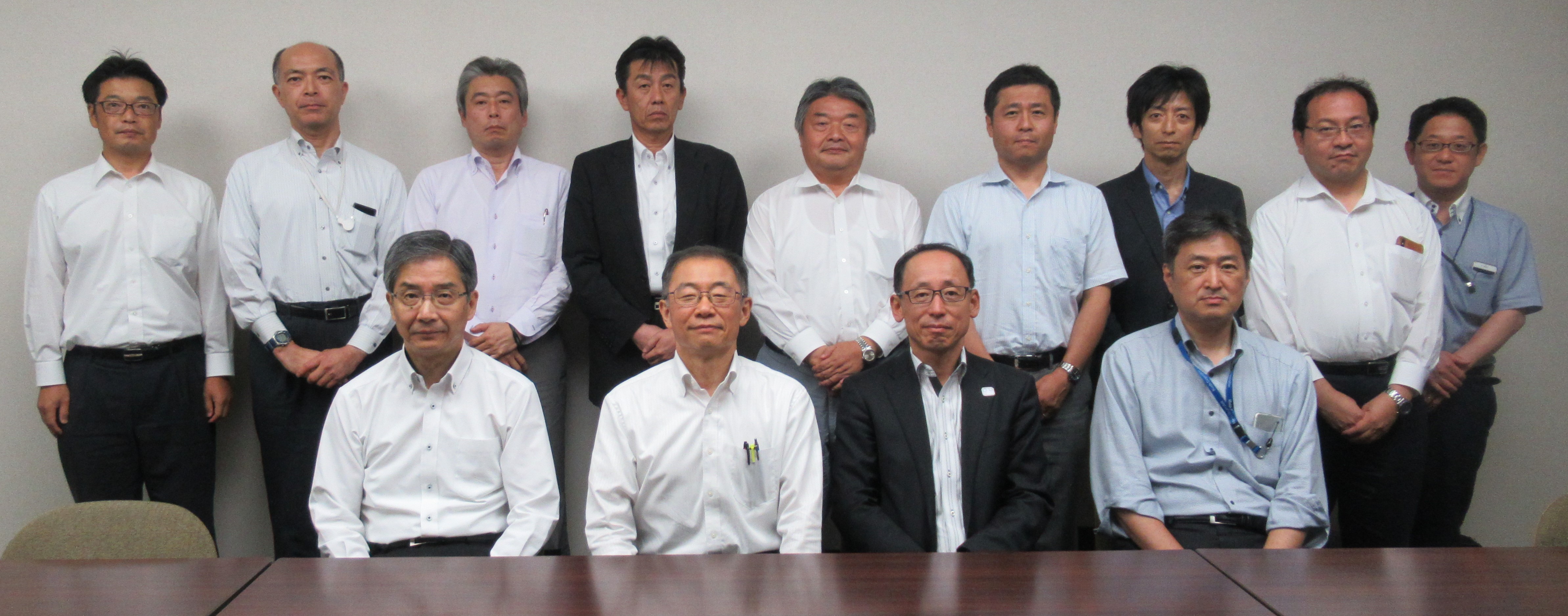
Photo 1 From front left, Higashino (Chairperson of Operation Subcommittee), Sugihara (Chairperson), and Nobuto (Director)
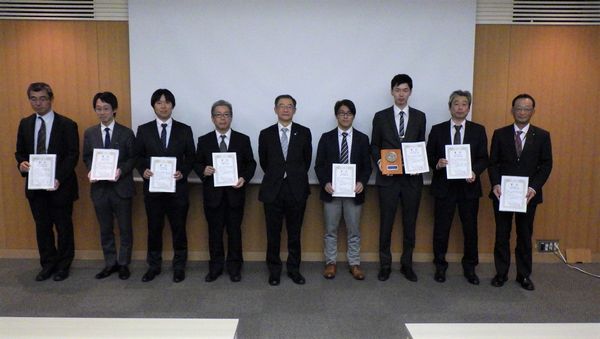
Photo 2 Recipients of the Best Speaker Prize and Excellent Speaker Prizes
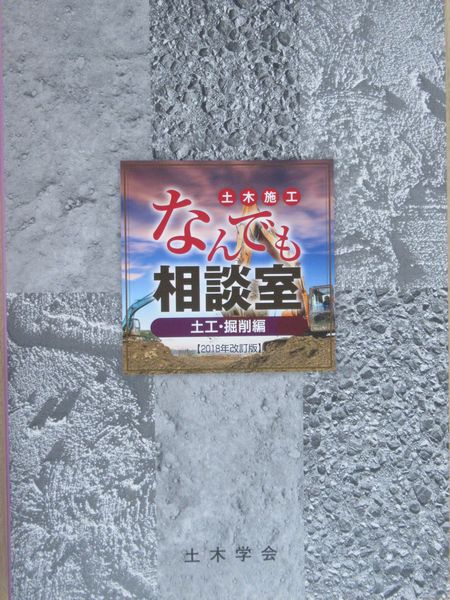
Photo 3 Consultation on Civil Engineering Works (Civil Engineering and Drilling)
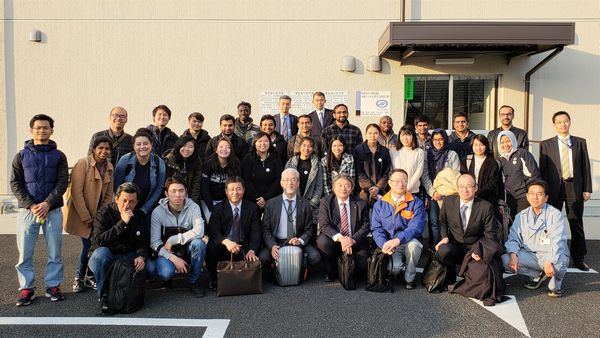
Photo 4 FY 2018 Site Tour
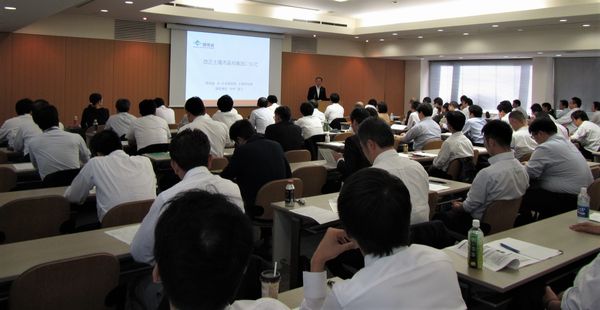
Photo 5 “Measures Against Soil and Groundwater Contamination” Workshop
【Report by Jun Nobuto, Construction Technology Study Committee (Shimizu Corporation)】
Committee of Environmental Engineering
1. Outline of Committee of Environmental Engineering
The Committee of Environmental Engineering was established as the sanitary engineering committee in 1962, changed to its current name in 1994. Since its start, it has dealt with a wide range of regional and global environmental issues, mainly in water supply, sewerage and solid waste treatment. Through the annual environmental engineering research forum and other subcommittee activities, the committee takes a leadership in developing environmental engineering.
2. Environmental Engineering Research Forum
In the Environmental Engineering Research Forum, which is held in late November or in the beginning / middle of December every year, 100-120 latest research results are presented by civil-engineering related professionals from industry, government, and academia and discussed peer-reviewed papers, presentations on new technologies and projects, and papers under non-specified category. The peer-reviewed papers are published as Division G (environment) of JSCE Journal.
In addition to research presentations, the committee organize the sessions with timely topics, in which lectures and panel discussions are conducted by experts; those sessions take an important role as a forum for industry-government-academia exchange. Recent sessions organized have topics such as “Development of Cutting Edge Sewage Technology and Environmental Engineering Areas” (FY2018), “Development of Environmental Engineering in a Population Declining Society” (FY2017), “Current Status and Future Prospects of Industry-Government-Academia Collaboration in Environmental Engineering” / “Challenges and future prospects related to international development in the water and sewerage fields to achieve the SDGs” (FY2016).
3. Subcommittee Activities
Subcommittees have been established for the purpose of promoting deep discussions and researches on specific themes, and workshops, lectures, publication of reports, etc. are conducted at each subcommittee. Currently, the Research Subcommittee on Advanced Technology of Sewerage Promoting Collaboration in Other Fields, the Next Generation Sewerage Subcommittee, the Environmental Technology Philosophy Subcommittee, the Clinical Environmental Technology Subcommittee, and the Water Infrastructure Renewal Subcommittee are actively working.
4. Overseas Study Tour for Students to Consider Environmental Issues
The Environmental Engineering Committee organizes study tours for Japanese students to consider environmental issues abroad once a year, and reached its 20th milestone in FY2018.
In recent years, we have visited Uzbekistan, Thailand, China, Vietnam, etc. to observe the current state of local environmental problems and paid a visit to local universities and JICA offices for about a week. The tour’s aim is to promote international exchange and discussions on common and different environmental issues between the participants and their local counterparts. Furthermore, the language used in the tour is English: explanations at visiting places, lectures, group works, and discussions on research projects carried out in English. The tour in which many students and faculties from universities across the country participate is regarded as a good opportunity for them to make information exchange and to develop self-study in terms of education and research project. The committee has been able to organize the tour with great support from many stakeholders.
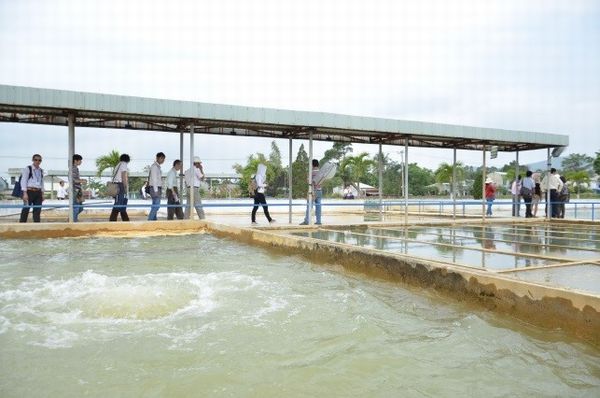
A Student Tour Visits Cau Do Water Treatment Plant (Da Nang, Vietnam)
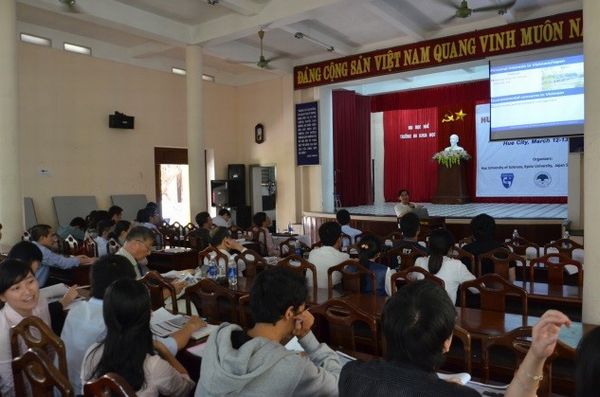
Student Workshop at Hue University of Science, Vietnam
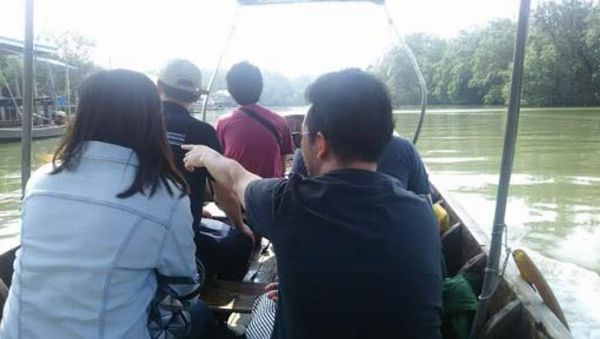
Mangrove Forest Tour in Thailand
【Report by Hiroyuki Katayama, Secretary-General,
Committee on Environmental Engineering (The University of Tokyo)】
Report for 2019 Rock Dynamics Summit in Okinawa
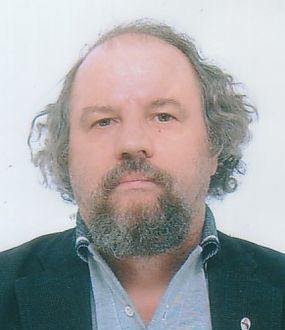
Prof. Omer Aydan,
Chair of Organizing Committee and Steering Committee of 2019
Rock Dynamics Summit
in Okinawa
Specialized symposium for International Society of Rock Mechanics and Rock Engineering, 2019 ROCK DYNAMICS SUMMIT IN OKINAWA (2019 RDS) was held on 7(Tue) – 11(Sat) May, 2019 in Nago City, Okinawa Prefecture, Japan. It aimed to appeal the high research status of Japan as a country of frequent earthquake to the world for applying rock dynamics on the engineering field and discussing the state of the art and to connect the new frontier exchanging the knowledge progressively. 2019RDS has been hosted by Japan Society of Rock Mechanics and Rock Engineering and supported by Committee on Rock Mechanics in JSCE and other organizations.
2019RDS accepted 128 full papers. And 157 participants including 28 accompany persons attended from 25 countries.81 papers were categorized into 10 sessions for oral presentation on 8-10 May, 2019. It included 8 keynote speakers and themed speeches. 35 papers were presented at the poster session.
2019 RDS founded award selective subcommittee for the Best Oral Presentation Award and the Best Poster Presenter of Yong Scholar from the students under 30 years old. Eventually 4 young students included the second and the third runner were awarded at the closing ceremony.
The banquet was held in the second night. 145 participants enjoyed local cuisine and Kusu or old Awamori in a calm atmosphere. In the latter part of the banquet, belly dance was performed and some of the participants joined dancing. Every participants enjoyed the performance.
Organizing committee of 2019RDS invited special young generation to rely on the future of the research. Actually 19 pupils and 2 teachers were invited from the elementary schools in Nago city (Photo1).
On 11 May the last day of 2019RDS, the organizer planned a short field trip to the construction site of Nago 4th tunnel and 11 participants attended it, instead of canceled excursion (Photo2).
The 2019RDS had been completed successfully with well-developed discussions and excellent presentations (Photo3). On behalf of the organizing committee and steering committee of 2019RDS, I greatly thankful for JSCE for the support to the sympsoium.
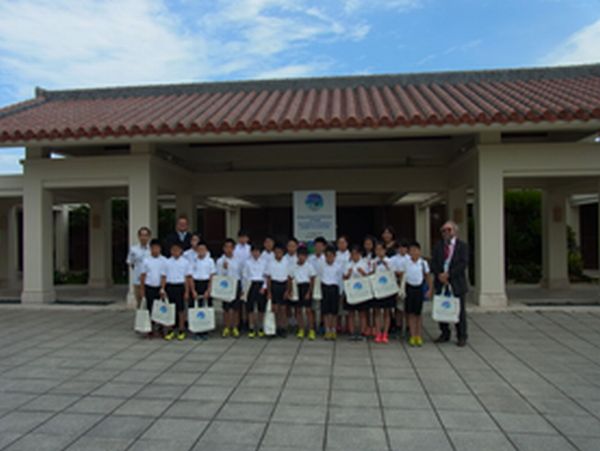
Photo 1 Organizer and Invited Pupils and Teachers of Elementary School in Nago City
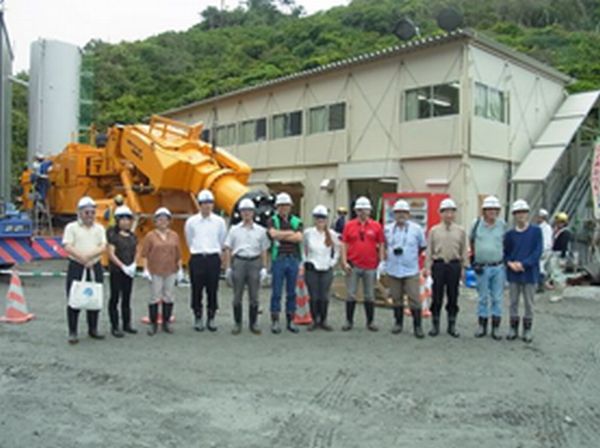
Photo 2 The Participants and Engineers at the Nago 4th Tunnel Construction Site
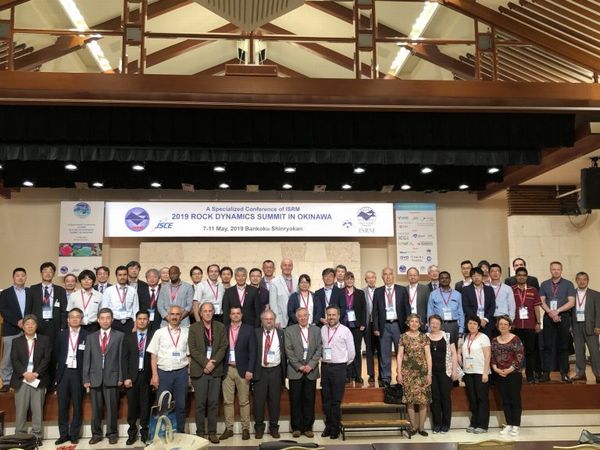
Photo 3 Memorial Photo of Participants of 2019RDS After the Closing Ceremony.
【Report by Prof. Omer Aydan, Chair of Organizing Committee and
Steering Committee of 2019 Rock Dynamics Summit in Okinawa (University of the Ryukyus)】
Activity Report of ACECC TC-16
The Asian Civil Engineering Coordinating Council (ACECC) TC-16 is a technical committee that focuses on the "Intelligent Transport System (ITS) Solutions for Urban Traffic Problems in the Asia-Pacific Region." The TC-16 organizes ITS solutions for common urban traffic problems among Asian countries, such as traffic congestion, accidents and environmental issues, which are a result of rapid urbanization associated with economic growth and increase in the number of vehicles. The TC-16 also has been discussing on the methods of ITS introduction which correspond well to the levels of economic development and land development of individual countries. In the fiscal year 2016, building on its achievements, the TC-16 published the “ITS Introduction Guide” (Photo1) on the websites of ACECC and the Japan Society of Civil Engineers (JSCE).
http://www.acecc-world.org/TC16.html
This publication is supported by International Scientific Exchange Fund(ISEF)of JSCE.
The ACECC TC-16 held a session inviting members of each country to CECAR8 (8th Civil Engineering Conference in the Asian Region) held in Tokyo on April 2019. In that session, some cases of ITS implementation in each country such as two MaaS (Mobility as a Service) projects launched in Taiwan, efforts to ITS technology in Japan, traffic information distribution to realize MaaS, operation using probe data of ETC 2.0, and management and the examination situation regarding congestion control on expressways in Thailand, were reported.
In addition, for urban traffic problems, we organized solutions using cutting-edge ICT (Information and Communication Technology), and discussed how to introduce ITS according to the stages of economic development and land development in each country.
The ACECC TC-16 will continue the research on advanced efforts and use cases of the ITS, including MaaS, in various countries around the world, and update the “ITS Introduction Guide” in order to contribute to solving urban traffic problems in Asian countries.
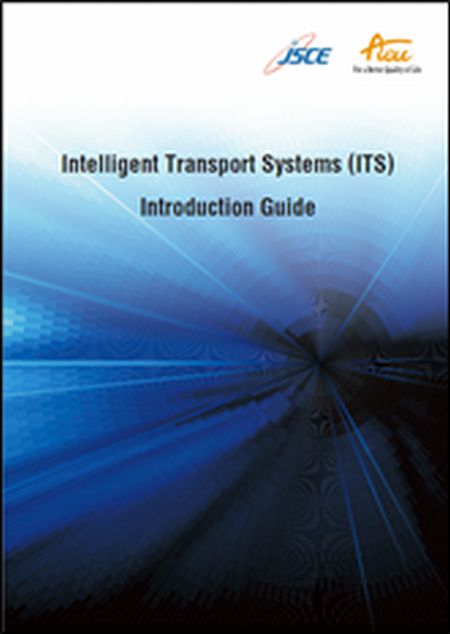
Photo 1 ITS Introduction Guide
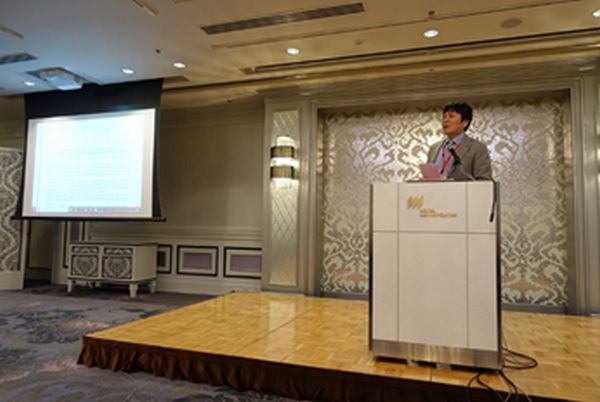
Photo 2 The TC-16 Session at CECAR8
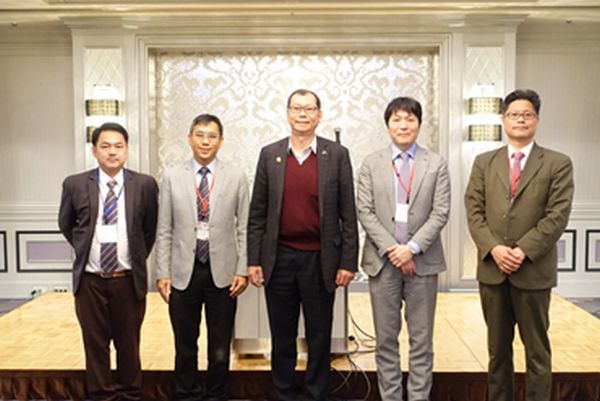
Photo 3 Presenters at CECAR8
【Report by Yasuyuki Iwasato, Secretary of ACECC TC-16, Researcher,
ITS Division of National Institute for Land and Infrastructure Management】
Updates
-
Third Young Engineers’ Lounge “DOBOKU”
http://committees.jsce.or.jp/kokusai/node/150 -
The International Infrastructure Archives
– A Compilation of Japan’s Greatest Projects in Transfer of Civil Engineering Technology in Service –
http://www.jsce.or.jp/e/archive/ - Asian Civil Engineering Coordinating Council (ACECC) International Newsletter
http://www.acecc-world.org/newsletter.html
- IAC “News Pick Up!!” on the JSCE Japanese website
http://committees.jsce.or.jp/kokusai/node/138
- Summary of featured articles in JSCE Magazine Vol. 104, No.9 September 2019
http://www.jsce-int.org/pub/magazine
- Journal of JSCE
https://www.jstage.jst.go.jp/browse/journalofjsce
IAC News Subscription
The IAC News is one of the communication tools to share information and ideas with the members. We would like to invite you, your friends and colleagues to join the communication and to subscribe the IAC News. Please register online: (http://www.jsce-int.org/node/150). We look forward to meeting you.
